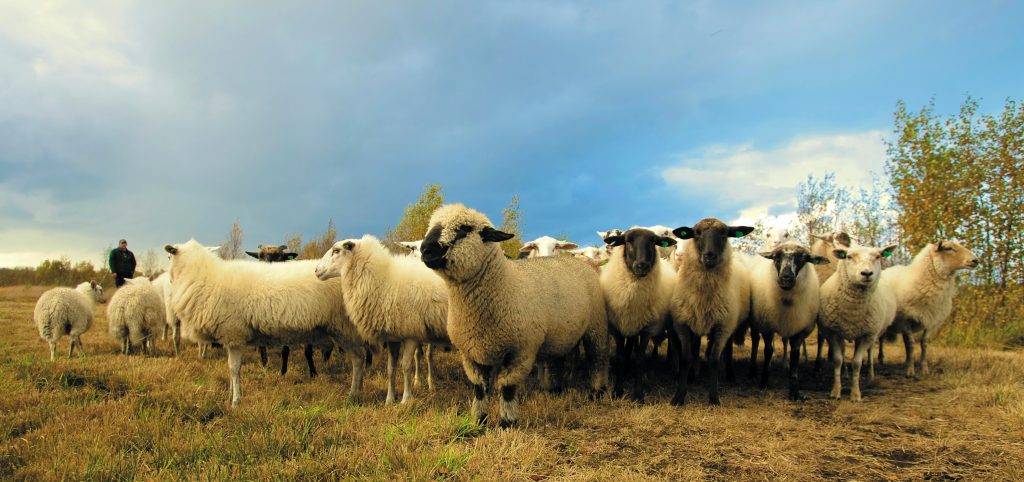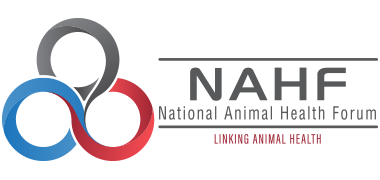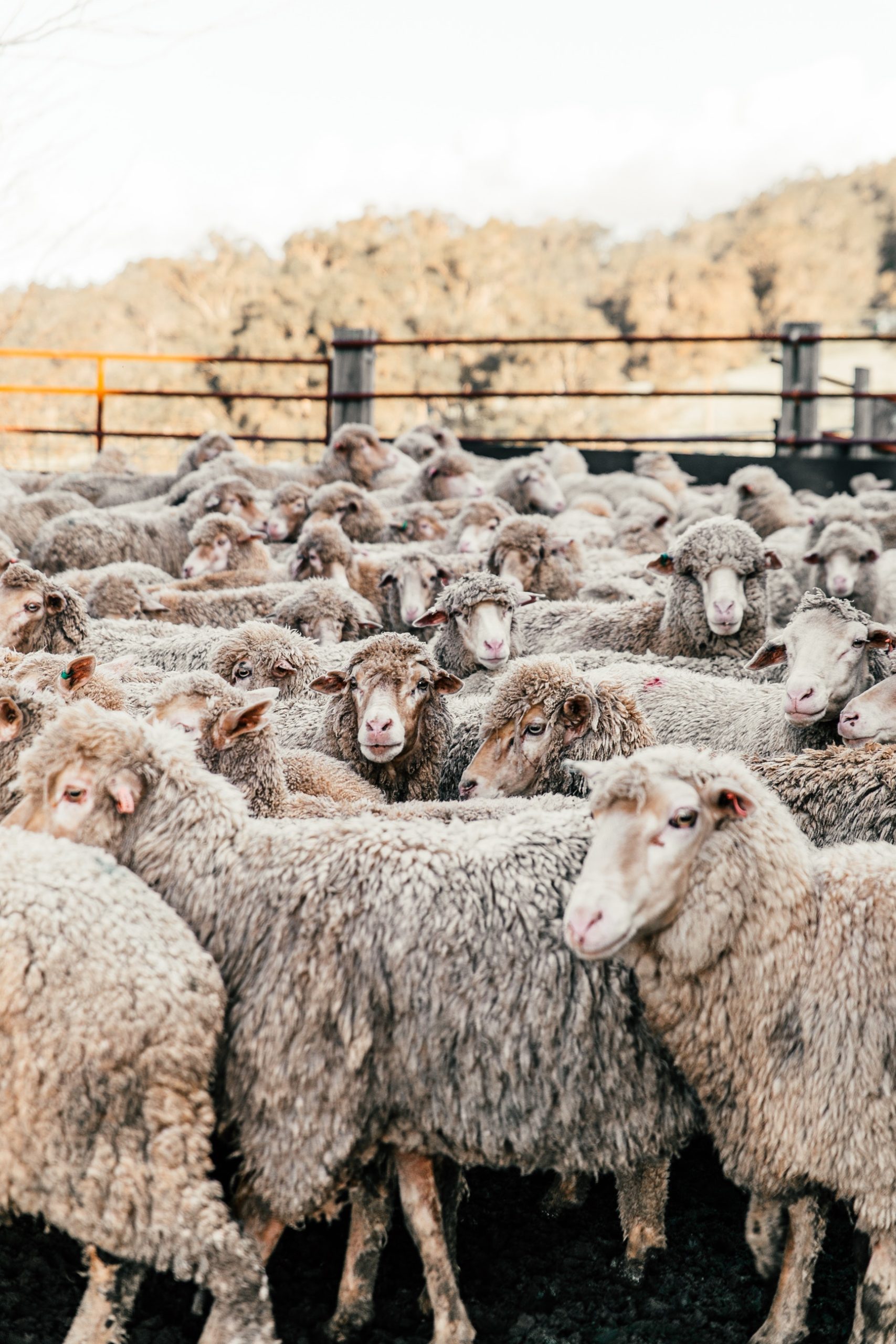Article | Be careful of what you buy-check the animal health history first | Prof Gareth Bath
DO NOT BUY BLIND!
Gareth Bath, Professor Emeritus, Onderstepoort, Convener Small Livestock Health Advisory Body and Chair: Livestock Welfare Coordinating Committee (LWCC)
The purchase of livestock at auctions is usually accompanied by excitement and expectations of livestock improvement. The day is enjoyed, the competition with other buyers is exciting, farmers discuss the animals with their peers, view the livestock for sale and hopefully get the right animals at the right price. If they really want to get the best breeding animals, they first look at the catalog for relevant breeding information such as microns, clean fleece weight, GDT, twins, breeding values , and the like before they look at the rams and ewes. Even better if the herd performance figures of the seller’s animals are available and can be examined. This is all well and good, but…. sometimes the buyer later gets a very unpleasant diagnosis of a disease that was equally unknown at the time of purchase but was imported together with the piece of livestock that was purchased. It is now the hibernating sick that are brought into the new herd unknown in apparently healthy animals. No farmer worth his salt will buy an apparently sick or affected animal. However, it is this group of diseases that can hide in seemingly normal animals that the buyer can easily catch. This group is characterized by the following characteristics:
- They can occur in apparently healthy animals and can be invisible for long periods of time.
- Just one carrier animal is enough to establish the disease in the herd or herd.
- It is expensive, and/or difficult, and sometimes impossible to get rid of some diseases.
- For most of these diseases there are legal implications for farmers who have the disease in their herd but fail to report its presence during sales. In two cases, sales were prohibited (while the disease was occurring).
WHICH DISEASES ARE WE TALKING ABOUT?
- Johne’s disease, which should be feared by farmers with good reason. A state-controlled disease.
- Sheep foot rot, which must be distinguished from ringworm.
- Hunting disease, although rare, will permanently affect flocks.
- Burns, under state control arrangements.
- Cheesy lymph node abscesses, difficult to control and eradicate.
- Resistant worm species, especially roundworms.
- Enzootic abortion if it is introduced the ewe flock will have to be vaccinated indefinitely.
- Spinal disease, where the sheep develops a brain cyst – the adult tapeworm occurs in dogs and foxes.
- Liver slug, which can permanently infect marshes with the right intermediate host.
- Orf, which is very resistant and may be transmitted in pens or transport.
- Heartwater ticks, if infected with the organism, can infect farms.
- Lice, both red and blue, which can easily be overlooked at shows and sales.
- Other ticks such as the Karoo paralysis tick can be inadvertently spread during sheep or goat auctions.
Listed here are the most important thirteen threats that the farmer should be aware of – there are more!
HOW ARE RISKS REDUCED?
- Each disease has its own measures, but the following apply as general principles that must be followed during livestock sales.
- Do not buy from unknown sources and limit the number of farms from which sheep are obtained. All too often we buy more than just sheep at general auctions – we unwittingly buy diseases too! The source must be reliable and known.
- Examine animals for sale carefully – the face, skin, claws, and genitals should receive particular attention.
- Quarantine purchases in isolation on concrete/gravel and not grass for 6 weeks.
- Even though it is said that the animals were already vaccinated for a particular disease, vaccinate again for peace of mind.
- Dip animals with registered agents that will eradicate external parasites.
- Dose with the best available anthelmintics and do manure egg counts 10 days later to ensure that any worms present have been removed.
- Obtain expert advice and recommendations from a nearby vet who can provide more details.
- Insist on a vendor declaration (Vendor Declaration) from the prospective vendor. It is the buyer’s right and duty to require this information before animals are purchased. If the seller refuses, the prospective buyer can draw his own conclusions. An example of an approved declaration for Johne’s Disease is attached and should always be required by buyers of live sheep.
SEE THE OJD VENDOR DECLARATION ATTACHED
MOENIE BLIND KOOP NIE!
Gareth Bath, Professor Emeritus, Onderstepoort, Sameroeper Kleinvee Gesondheids Advies-Liggaam en Voorsitter: Veewelsyn Koördineerings Komitee (LWCC)
Die aankoop van vee by veilings gaan gewoonlik met opgewondenheid en verwagtinge van veeverbetering gepaard. Die dag word geniet, die mededinging met ander kopers is opwindend, boere bespreek die diere met hulle eweknieë, besigtig die vee te koop en kry hopelik die regte diere teen die regte prys. As hulle werklik die beste teeldiere wil bekom kyk hulle eers na die katalogus vir toepaslike teelinligting soos mikrons, skoonvaggewig, GDT, tweelinge, teelwaardes en dies meer voordat hulle na die ramme en ooie kyk. Nog beter as die kuddeprestasie syfers van die verkoper se diere beskikbaar is en ondersoek kan word. Dit is alles goed en reg, maar …. soms kry die koper later ‘n baie onaangename verassing van ‘n siekte wat tydens die aankoop ewe onbekend was maar saam met die stuk vee wat aangekoop was ingevoer word. Dit is nou die sluimerskiektes wat onbekend in skynbaar gesonde diere by die nuwe kudde ingebring word. Geen boer wat sy sout werd is sal ‘n oënskynlike siek of aangetasde diere aankoop nie. Dit is egter dié groep siektes wat in skynbaar normale diere kan wegkruip wat die koper maklik kan uitvang. Hierdie groep is gekenmerk deur die volgende eienskappe:
- Hulle kan in skynbaar gesonde diere voorkom en kan vir lang tye onsigbaar wees.
- Net één draerdier is genoeg om die siekte in die trop of kudde te vestig.
- Dit is duur, en/of moeilik, en soms onmoontlik om van sommige siektes ontslae te raak.
- Vir meeste van hierdie siektes is daar wetsimplikasies vir boere wat die siekte in hulle kudde het maar versuim om die teenwoordigheid daarvan tydens verkope aan te meld. In twee gevalle is verkope verbied (terwyl die siekte voorkom).
VAN WATTER SIEKTES PRAAT ONS?
- Johne se siekte, wat met goeie redes deur boere gevrees moet word. ‘n Staatsbeheerde siekte.
- Skaapvrotpoot, wat onderskei moet word teen sweerklou.
- Jaagsiekte, alhoewel seldsaam, sal kudde permanent aantas.
- Brandsiekte, onder staatsbeheer reëlings.
- Kaasagtige limfklier absesse, moeilik om te beheer en uit te wis.
- Weerstandbiedende wurmsoorte, veral haarwurm.
- Ensoötiese aborsie, as dit ingebring word sal die ooikudde onbepaald geënt moet word.
- Draaisiekte, waar die skaap ‘n breinsist ontwikkel – die volwasse lintwurm kom in honde en jakkalse voor.
- Lewerslak, wat vleie met die regte tussengasheer permanent kan besmet.
- Vuilbek, wat baie weerstandbiedend is en by krale of vervoer oorgedra mag word.
- Hartwater bosluise, indien met die organisme besmet, kan plase besmet.
- Luise, beide rooi en blou, wat maklik oor die hoof tydens skoue en vendusies gesien kan word.
- Ander bosluise soos die Karoo verlammingsbosluis kan onopsigtelik tydens skaap- of bokveilings versprei word.
Hier word die belangrikste dertien bedreigings gelys waarvan die boer bewus moet wees – daar is meer!
HOE WORD RISIKO’S VERMINDER?
Elke siekte het sy eie maatreëls maar die volgende geld as algmene beginsels wat tydens veeverkopings gevolg moet word.
- Moenie van onbekende bronne koop nie, en beperk die getal plase van waar skape bekom word. Al te dikwels koop ons by algemene veilings meer as net skape – ons koop onbewus ook siektes in! Die bron moet betroubaar en bekend wees.
- Ondersoek diere te koop sorgvuldig – die gesig, vel, kloue en geslagsorgane moet veral goeie aandag geniet.
- Kwarentyn aankope in afsondering op beton/gruis en nie gras nie vir 6 weke.
- Al word daar gesê dat die diere reeds vir bepaalde siekte geënt was, ent weer vir gemoedsrus.
- Dip diere met geregistreerde middels wat uitwendige parasiete sal uitwis.
- Doseer met die beste beskikbare wurmmiddels en doen mis eiertellings 10 dae later om te verseker dat teenwoordige wurms verwyder is.
- Bekom deskundige advies en aanbevelings by die naby geleë veearts wat meer besonderhede kan verskaf.
Dring aan op ‘n verkopersverklaring (Vendor Declaration) van die voornemende verkoper. Dit is die koper se reg en plig om hierdie inligting te vereis voordat diere gekoop is. Indien die verkoper weier, kan die voornemende koper sy eie gevolgtrekkings maak. ‘n Voorbeeld van ‘n goedgekeurde verklaring vir Johne se Siekte word aangeheg en behoort altyd deur kopers van lewende skape vereis te word.
SIEN OJD VERKOOPSVERKLARING AANGEHEG

SEE THE OJD VENDOR DECLARATION HERE:
VENDOR DECLARATION OJD (Updated March 2017)
SIEN OJD VERKOOPSVERKLARING AANGEHEG HIER:


